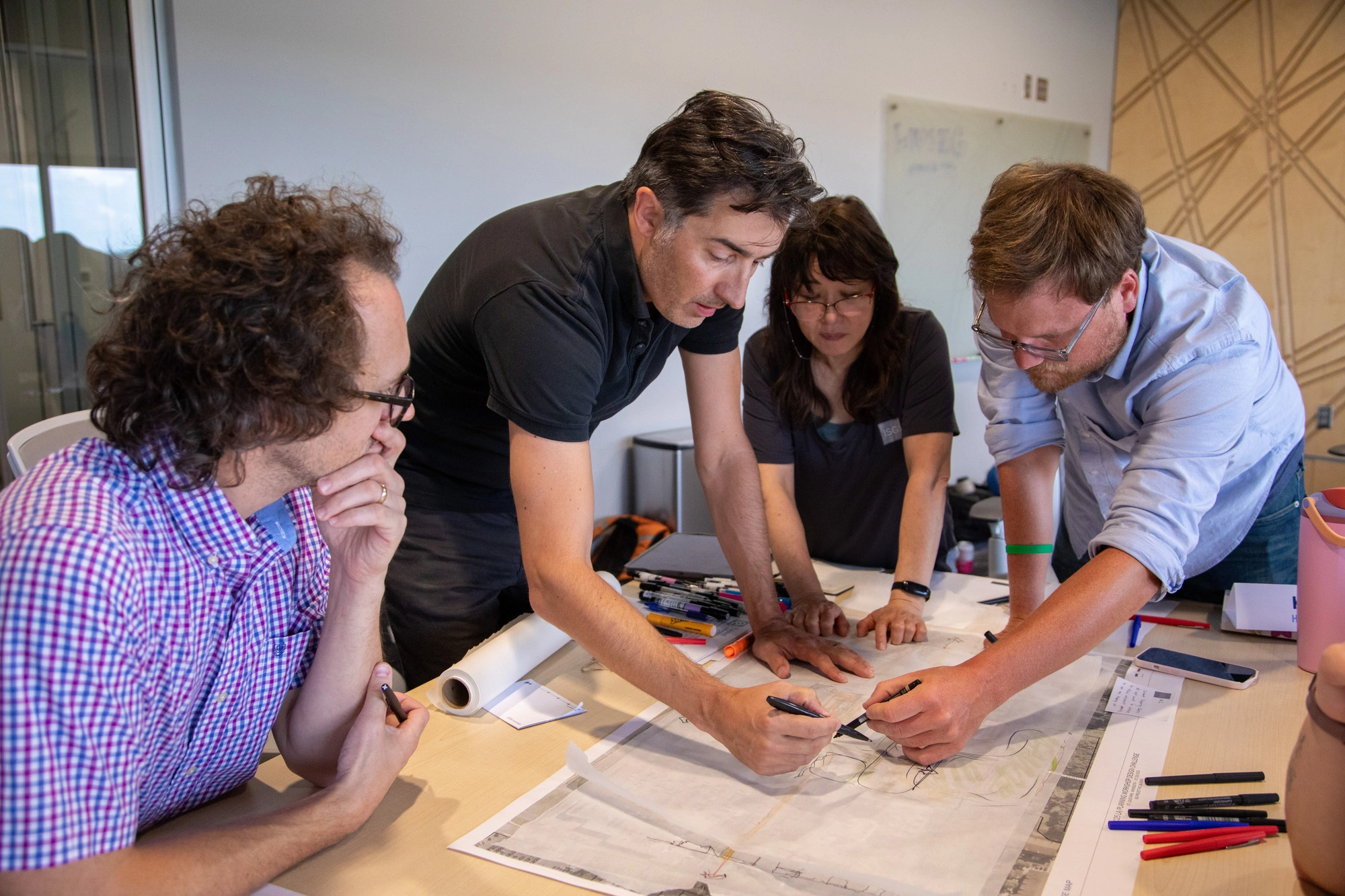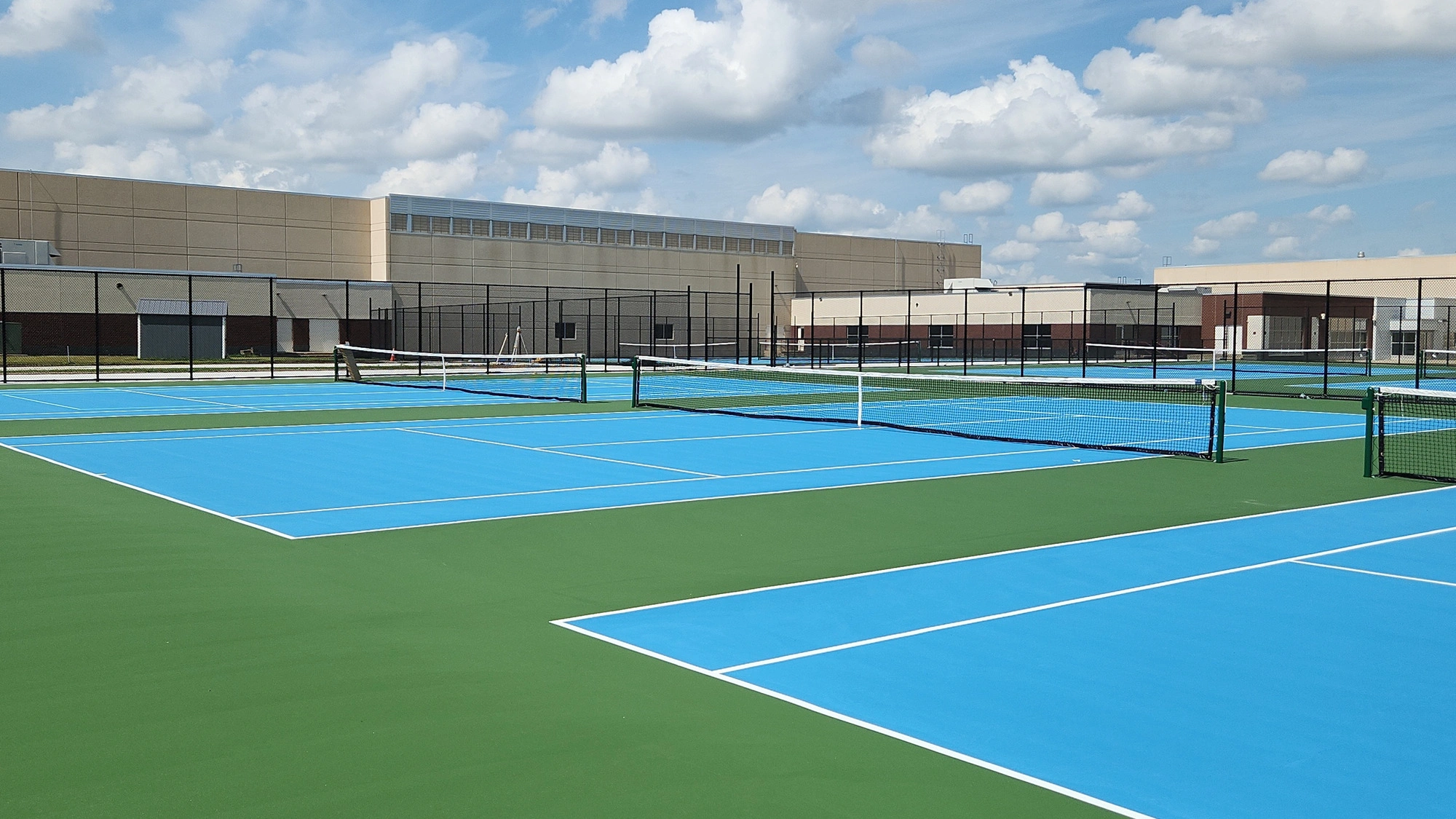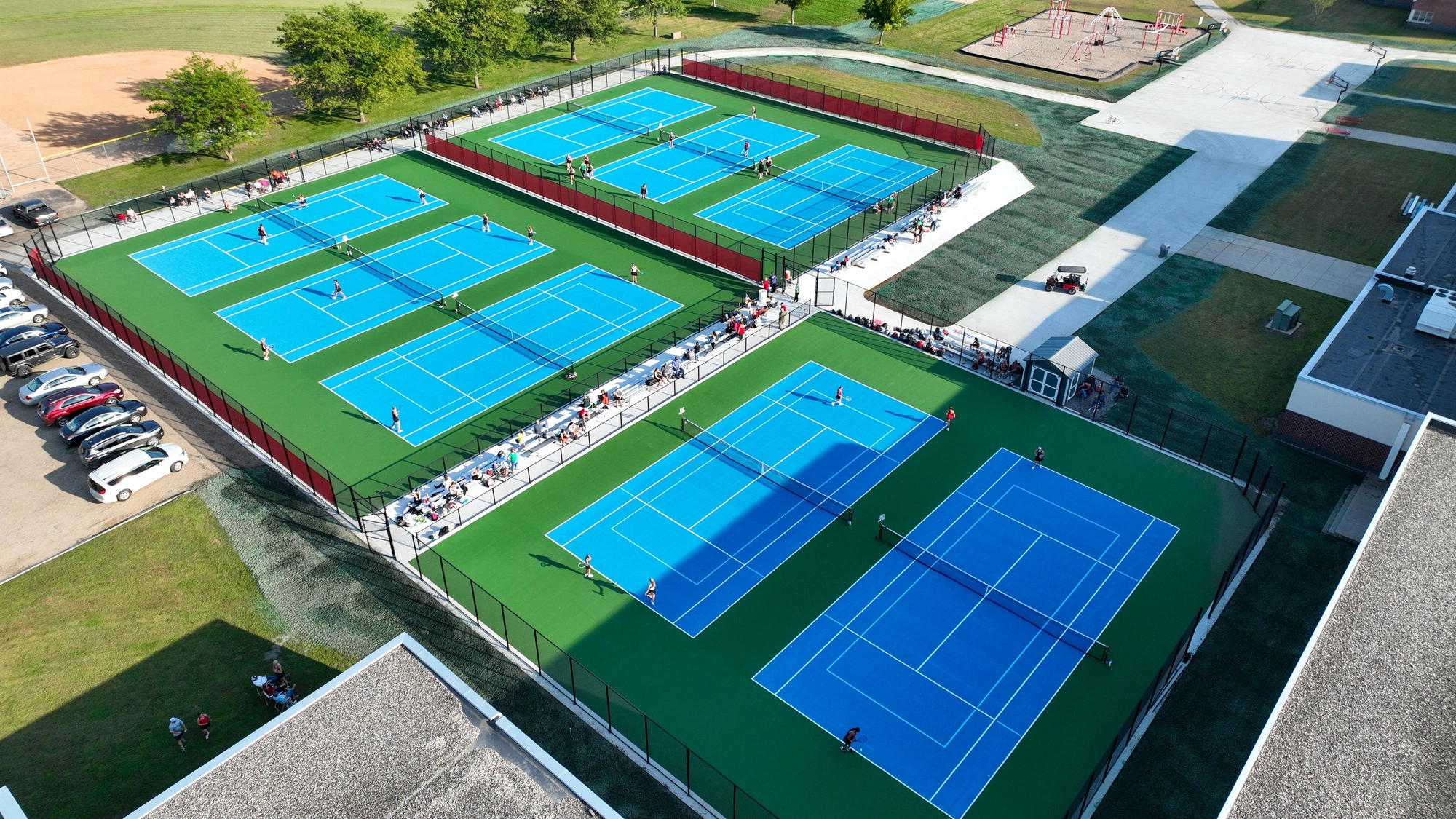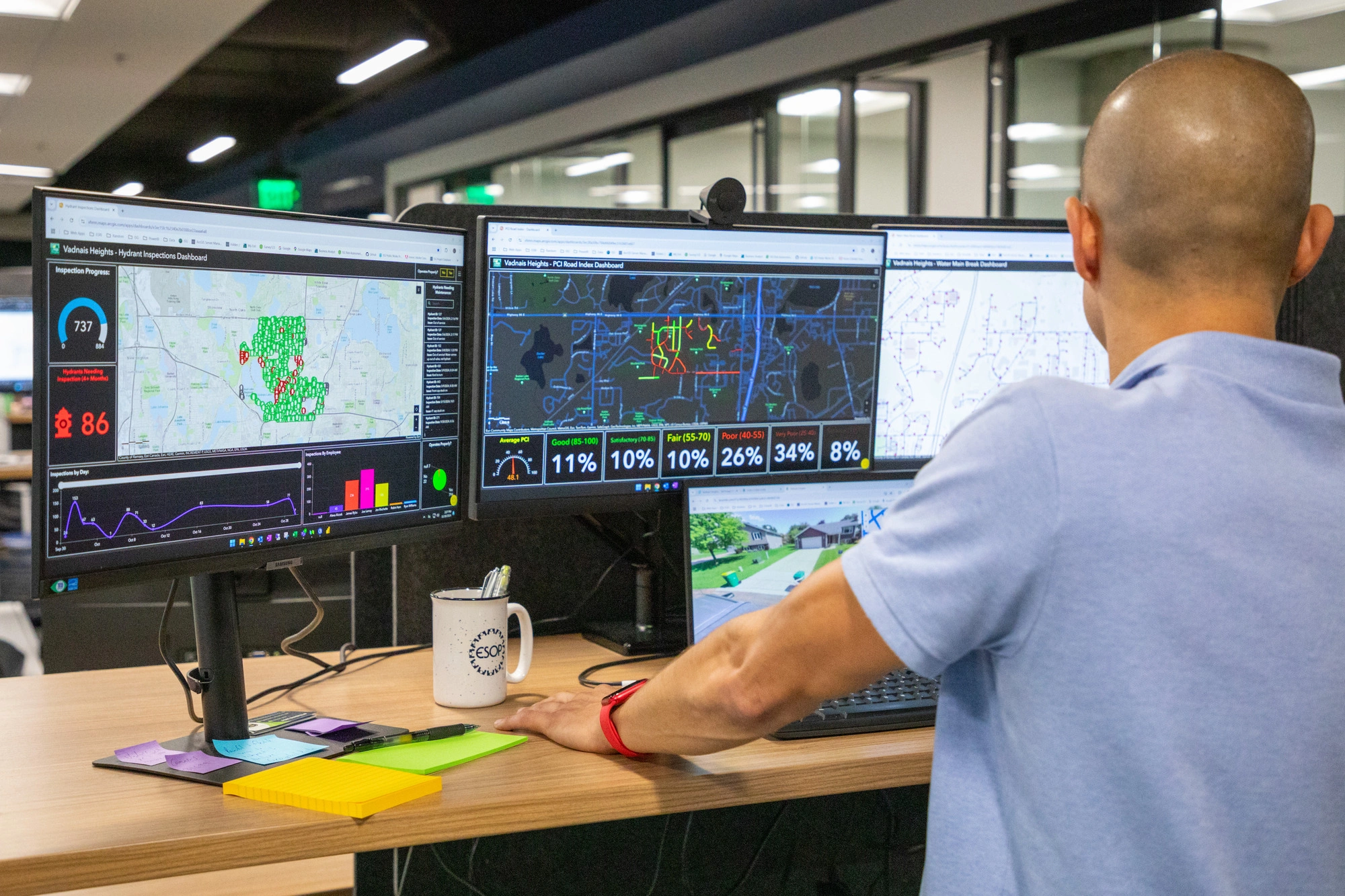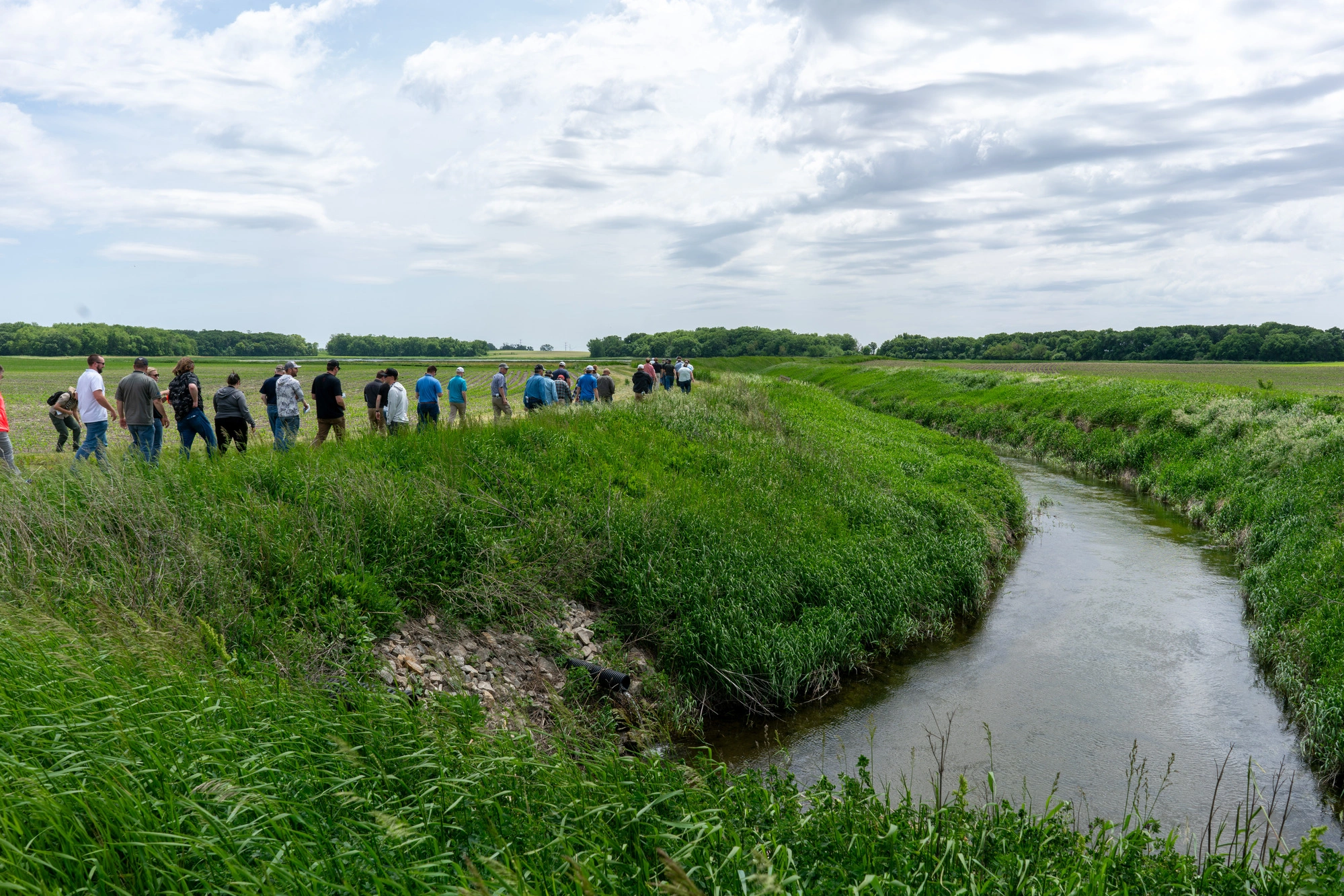Bioreactors: Agricultural Drainage Water Treatment
Colonized microbes treating drainage may sound unusual, but that’s exactly what happens with bioreactors, which are gaining attention by landowners and other water quality stakeholders. Due to their effectiveness at reducing nitrates in runoff, using bioreactors can benefit crop production and help enhance water quality. What is a bioreactor? A bioreactor, also known as a woodchip bioreactor or denitrification bioreactor, is a buried trench filled with wood chips. Drainage water is routed through a diversion structure that provides an opportunity for solids to settle out of the runoff, which then flows into bioreactor tile line where it is temporarily treated before out-letting into a channel. Bioreactors reduce nitrates from subsurface drainage water through the process of denitrification, or the conversion of nitrate to nitrogen gas by bacteria (denitrifies) living in wood chips. Primary pollutants found in agricultural settings include sediment and nutrients, primarily phosphorus, nitrates, and nitrogen. Bioreactors are an effective Best Management Practice (BMP) designed to improve water quality by reducing nitrates, while also reducing runoff and erosion, controlling flow rate, providing water storage, and reducing sediment and nutrient loading. Nitrates in runoff are known to reduce water quality in rivers and lakes, as well as drinking water.
Bioreactor Benefits
Using proven technology, bioreactors do not take land out of production, which keeps land profitable for landowners. They have low maintenance needs and a long life span of 15-20 years. To maximize water quality benefits, bioreactors can be paired with other conservation practices including no-till, cover crops, and improved nutrient management practices.
Case Study: CD 62

In southern Minnesota, bioreactors are being constructed and their effectiveness is being measured, while others are under consideration or just getting started. A bioreactor system was installed on CD 62 in Blue Earth, Minnesota. Faribault County Ditch No. 62 (CD 62), was in poor condition, damaged, and failing in areas. A petition for improvements was filed with the Drainage Authority. The Faribault County SWCD also applied for and was awarded, over $190,000 in Clean Water grant funding to address water quality issues within the 700-acre watershed. The design included three bioreactors to maximize the efficiency of nitrate reduction. Only when all three bioreactors are full does overflow bypass the system to prevent back-ups. Together, these bioreactors will treat up to 25% of the peak flow and remove up to 2,500 pounds of nitrate from runoff annually, estimated at a 72% annual reduction rate. The impact the CD 62 bioreactor is having on water quality continues to be monitored.
What’s Next for Bioreactors?
Landowners are seeking BMPs that allow land to stay in production and are turning to bioreactors at an increasing rate to improve water quality in runoff. Improvements in construction methods, changes in wood chip quality, and system efficiencies are making bioreactors stronger investments for landowners.
This article was originally published at GreenSeam.
Related Articles

.webp)
ISG Recognized as a 2025–26 Emerging Professional Friendly Firm for the Fourth Consecutive Cycle
ISG has been honored as a 2025–26 Emerging Professional Friendly Firm by AIA chapters in North Dakota, South Dakota, Wisconsin, and Minnesota in recognition of its commitment to fair compensation, licensure support, mentorship, and growth for early-career architects.





